designing a database for a shop and i faced a little problem. Let's say there is a product x in our shop which has a purchase price and benefit to get retail price . But there is another supply to the shop of the same product bu wih difference price . 1- According to the shop owener he needs one price for the product. 2-should i seperate product info from the shippment say i put table of productid - name -reference and other table ofr SuplierInvoice - Producyid- Quantity - PurchasePrice
again should i put seeling price in the first table of product or the other one and what about actual quantity where should be put?
Please i need ideas ....

